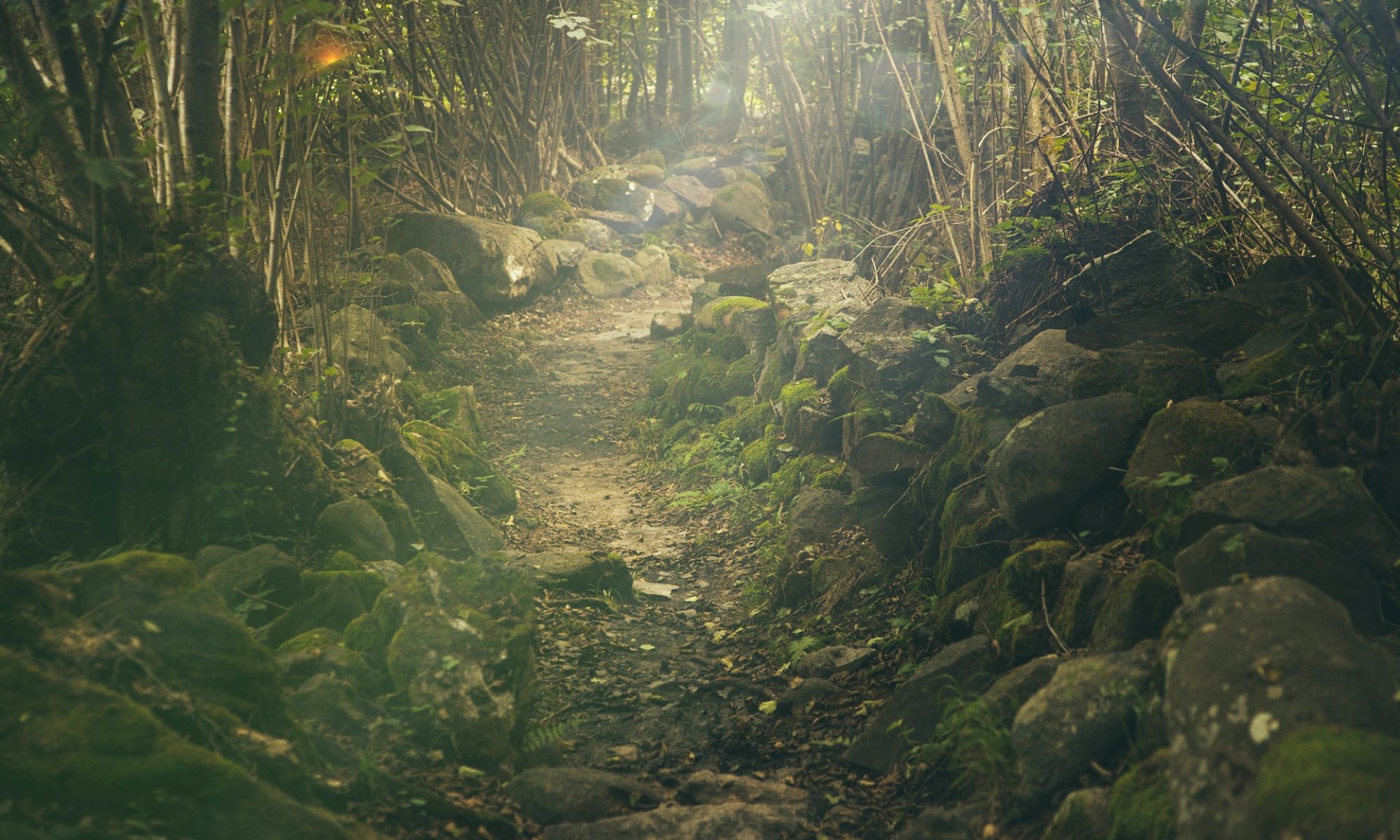I just have to share: I’m rediscovering the joys of the local library and inter-library loan. This is a story about how I get books.
When I was first studying Paganism and witchcraft as a college student in the early 2000s, I read every book on the topic I could get from the university library, so obviously I knew all about borrowing the books I needed. However, right around that time, Amazon (and free shipping!) became popular. Folks on Pagan email lists (yep, that’s how I first learned) spoke with astonishment about all the hard-to-find books that were now readily available on Amazon. Buying my witch books has pretty much been a habit since then. Why would I not, especially when I can get them used for cheap?
But six or seven years ago, when my first daughter was born and my attention span dropped off sharply because infant, in stolen moments I started reading way more fiction and very little nonfiction. (I just did not have the brain cells left for history or theory. It happens.) That’s when I discovered ebooks and, specifically, that the reading experience and the quality of the books themselves and had gone way up while the price had gone down. Joy of joys! The future is awesome.
Within the past year or two, however, enough of my bitterness had faded and my heartbreak healed that I was ready to pick up witch books again, and I do have a few ebooks. But they’re largely priced around $10, and when you get used to snagging ebooks for free or cheap ($1-2), laying out $8-12 for a book starts to look like an investment.
I’d also been thinking about what I wanted to do with my books when I was done reading them, rather than just indiscriminately collecting them. Did I just want to read this book once, and maybe I didn’t care if I kept it after that? Did it end up being shitty, and added to my pile of shitty books no one else wants, either, so I can’t sell or donate them? Or was this book so good, I wanted my daughters to read it, too, without having to ask permission to use a tablet? Did I want to loan the book to anyone else? Did I want to make sure I had it forever and ever, no matter what changes ereaders and apps and publishers and sellers went through? (I started out buying Nook books, and it is now a process to get to them on my Kindle, let me tell you.)
There’s one more factor at play here, too. When I had resolved to start a coven (or, given my current status, a weird not-coven maybe-study-group thing) and I started developing the Resources page here, I went to the libraries closest to me to evaluate the books they had on the shelf. Could I tell my future students to go get this or that title from the library? Or would I need to loan out my own books instead? Also, could I test-drive being “out” locally by borrowing books that were very obviously about Wicca and witchcraft? (Librarians could hardly give someone my contact info, but maybe they could tell some lonely seeker that someone else was borrowing witch books too, and they weren’t alone. Or maybe that lonely seeker would see me checking out the books and strike up a conversation with me.)
Side note: The Greenville library has a small but decent Wicca-specific section. The Lakeview library has a few mythology books and only two on Wicca, both by Steve Russo and published in 2005: Protecting Your Teen From Today’s Witchcraft: A Parent’s Guide to Confronting Wicca and the Occult and What’s the Deal with Wicca? A Deeper Look into the Dark Side of Today’s Witchcraft. So, you know. Not particularly friendly.
Instead of trying to find cheap used copies of books that were recommended to me but that I didn’t know for sure I’d want to keep always… enter the library! And thanks to the MelCat interlibrary loan system, it doesn’t matter if my local library only has books that are antagonistic to Wicca. If a participating library anywhere in Michigan has a copy of a book I want, I can borrow it. It’s not quite so broom closet-friendly as Amazon, because you can click buttons to request books online but you do have to interact with another human to pick them up. It is free, however, and that’s hard to beat.
This post was brought to you by the books I’ve read recently that were interesting, but not worth keeping on my shelf or in my ereader, and books I’ve just requested that are similarly interesting but I’m not sure I’ll love them (and if I do, I’ll buy a print copy to keep). If I’d paid money for the books I just finished, I’d be cranky. But I didn’t! And they simply go back to the library! Off you go, mediocre books! May you be just the thing someone else is looking for.

